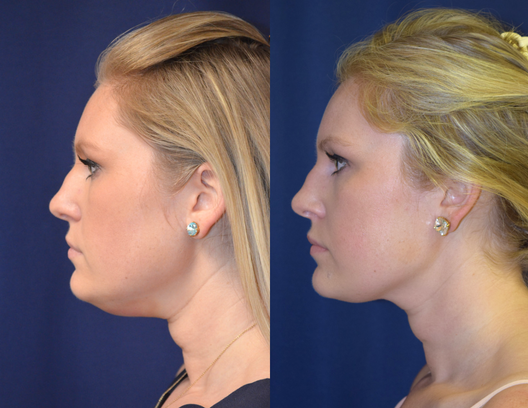Going Smokefree: Recipe for a Healthy Life
Smoking, like any other addictive lifestyle, is a habit that intrudes with daily life. Most smokers experience withdrawal symptoms such as restlessness, inability to focus or fall asleep, and an uncontrollable urge to smoke. Meanwhile, studies say that, on average, it takes about three times for a chain smoker to quit. Hence, it is a herculean feat to come through these challenges and quit the habit of smoking.
Deciding to quit smoking is the first step in the long journey towards good health and cancer-free life. As a second step, one can quit smoking with help from Smokefree Clinic and similar help centers. As such, here are some treatments that have delivered results for people who wish to quit smoking:
Inhaled Nicotine Replacement Therapy (INRT)
In INRT, a qualified medical professional or an expert prescribes e-cigarettes or other nicotine-based vape products to a patient. The goal of the treatment is to solve the problem of addiction by preparing an individual’s mental space for recovery. In this treatment, the manual action of smoking provides the habituated feeling of smoking cigarettes to the patient. But the vape contains no chemicals or other harmful substances found in tobacco. And while it is a proven method for reducing nicotine consumption, one must keep in mind that it is only a temporary first step in eliminating nicotine dependence.
Nicotine Replacement Therapy (NRT)
The most common withdrawal symptom in nicotine elimination is the urge to consume nicotine. And, while INRT focuses on the sensory aspect of smoking, NRT targets the nicotine addiction of the body. When a person has become habituated to nicotine flow in their blood, the body often reacts adversely during the absence of the substance. Hence, abruptly eliminating nicotine will lead to profoundly unpleasant withdrawal symptoms that deter one from pursuing recovery. So, during NRT, doctors prescribe nicotine patches, chewable gums, and other controlled forms of nicotine. Using such products will ensure low amounts of nicotine in the body while refraining from tobacco consumption.
Medications
A crucial part of the notice addiction treatment includes focusing on the urge to smoke. Meanwhile, the primary reason for addiction to nicotine is the sudden release of dopamine in the brain while using substances that contain nicotine. For many smokers, usage of cigarettes, snus, and other substances provides a distraction from distress. Clinical depression can also put moderate smokers at the risk of developing a stronger addiction due to this fact. And in medicated treatment, a physician prescribes medicines that alter the chemical balance of one’s brain, thus keeping nicotine cravings in check.
Blended Medications
Healthcare professionals carry out the previously mentioned therapies after assessing the condition of their patients. Sometimes, after a thorough evaluation of a person’s physical, mental, and emotional state, doctors may recommend a therapy plan in which two or more procedures work in combination. Also, utilizing multiple nicotine replacement products is a popular blended method of treating nicotine dependence. And these treatments work according to the nicotine resistance in a person’s body. For instance, a person with a longer and stronger addiction history may choose to consume higher quantities of nicotine patches during the initial stage of the procedure. In contrast, another patient may opt for a lower dose due to a shorter history of dependence.
Assisted and Unassisted Cessation
The majority of smokers begin with unassisted attempts at quitting smoking. But studies show that this often leads to failure since there is a lack of accountability, guidance, and medical interference in the process. Therefore, it is best to quit smoking with help from Smokefree Clinic or similar institutions since experts can provide better assistance than oneself while attempting to quit smoking. And, with continued support, care, and perseverance, it is possible to recover from the shackles of tobacco.



